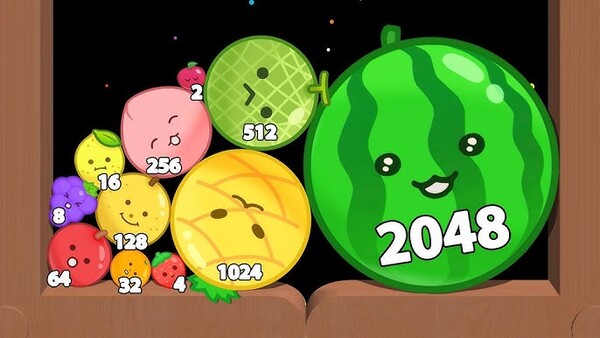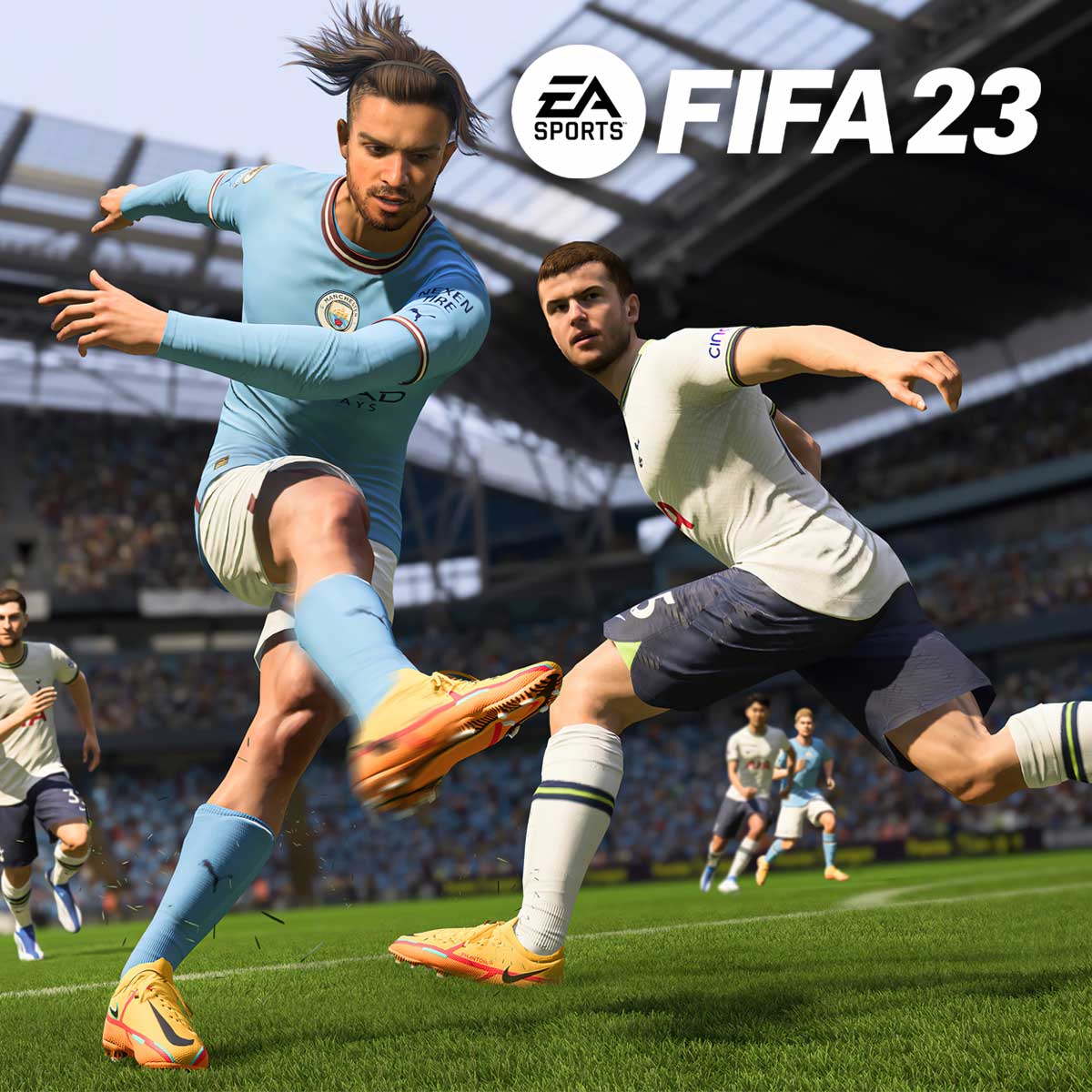Battlefield 5 – A Deep Dive Into EA’s WWII Epic
When Battlefield 5 first launched in November 2018, it entered the competitive FPS space with a clear mission: to redefine World War II gaming for the modern era. Developed by DICE and published by Electronic Arts, the game promised historically inspired battles, massive maps, destruction-driven gameplay, and a cinematic presentation that would rival its predecessors. While the game certainly delivered on many of these promises, its journey has been anything but straightforward.
This review will break down Battlefield 5’s evolution from launch to its current state, exploring every facet — from graphics and sound design to multiplayer balance and live service content. Along the way, we’ll touch on how Battlefield 6 built upon (and sometimes corrected) its ideas, giving players a glimpse of the franchise’s broader direction.
1. The Launch and Early Reception
When Battlefield 5 was revealed, expectations were sky-high. Coming off the critically acclaimed Battlefield 1, DICE’s next step into WWII felt like a natural progression. However, the game’s pre-launch marketing campaign stirred controversy over perceived historical inaccuracies and character customization, dividing the fanbase before release.
At launch, Battlefield 5 impressed with its core gameplay mechanics:
-
Huge, destructible environments.
-
Smooth gunplay with weighty weapon handling.
-
Strong audio design capturing the chaos of war.
Yet, there were issues. Many felt the game lacked content, with fewer maps and weapons compared to previous entries. This led to lukewarm reviews from both fans and critics despite the game’s strong technical foundation.
2. Gameplay Mechanics and Gunplay
Core Shooting Experience
Battlefield 5’s gunplay is one of its standout elements. DICE introduced a refined recoil system, making each weapon feel distinct. The Time-to-Kill (TTK) was initially low, catering to skilled players, though it saw multiple adjustments after community feedback.
Movement and Player Agency
The ability to dive through windows, perform tactical slides, and vault over cover without breaking momentum made combat fluid. Compared to Battlefield 6, which expanded movement with even faster pacing and more verticality, Battlefield 5’s movement remains grounded and tactical.
List: Key Gameplay Features
-
Realistic bullet drop and weapon ballistics.
-
Squad-based spawn and revive system.
-
Contextual fortifications to rebuild destroyed cover.
-
Suppression effects that affect accuracy under fire.
3. The Maps – From Fjords to Deserts
Battlefield 5 launched with a modest set of maps, including fan favorites like Arras, Rotterdam, and Twisted Steel. These maps showcased DICE’s mastery of scale and visual fidelity, with each location offering a blend of open fields, tight choke points, and vertical combat zones.
Later updates brought massive new battlefields such as Al Sundan and Operation Underground, expanding the game’s variety. In contrast, Battlefield 6 took environmental design further by making maps more destructible and reactive to player actions, but Battlefield 5’s WWII aesthetic remains unmatched for immersion.
4. Classes and Teamplay
Battlefield 5 retained the four core classes — Assault, Medic, Support, and Recon — each with distinct weapons, gadgets, and roles.
-
Assault: Anti-vehicle expert with rifles and explosives.
-
Medic: Rapid revives and SMGs for close-range dominance.
-
Support: Ammo resupply and suppression fire.
-
Recon: Snipers and spotting tools for long-range engagement.
The squad system rewarded teamwork, with Squad Reinforcements allowing leaders to call in devastating tools like the V-1 rocket. While Battlefield 6 improved on squad communication and added more specialist abilities, Battlefield 5’s strict class roles made teamwork more essential.
5. War Stories – The Single-Player Campaign
Battlefield 5 followed Battlefield 1’s anthology-style campaign, presenting short, emotionally driven stories instead of a single narrative. These War Stories included:
-
Under No Flag – British commandos sabotage enemy operations in North Africa.
-
Nordlys – A Norwegian resistance fighter sabotages heavy water production.
-
Tirailleur – West African soldiers fight in France for liberation.
-
The Last Tiger – A German tank commander questions the Nazi cause.
While beautifully crafted, the War Stories were short and lacked the depth some players expected. In comparison, Battlefield 6 abandoned a traditional single-player entirely, focusing on multiplayer-driven storytelling.
6. Live Service Model and Content Updates
Battlefield 5 adopted a “Tides of War” seasonal model, delivering free updates with new maps, weapons, and modes. This eliminated paid DLC fragmentation but also created long content gaps between releases.
While updates like Chapter 4: Defying the Odds brought fresh life to the game, inconsistent pacing frustrated the community. By the time the final update launched in mid-2020, many players had already shifted to other shooters. Battlefield 6, while also adopting a live service approach, attempted a more structured content roadmap.
7. Visuals, Sound, and Immersion
If Battlefield 5 excels in one area beyond dispute, it’s immersion. Powered by the Frostbite engine, the game’s visuals are breathtaking — from sunlight reflecting off wet cobblestones to the chaos of collapsing buildings.
Sound design deserves equal praise. Gunfire echoes realistically across maps, footsteps vary by terrain, and explosions carry a visceral punch. Battlefield 6 may have introduced more interactive weather effects, but Battlefield 5’s audio-visual presentation remains one of the most cinematic in the series.
8. Multiplayer Modes and Player Retention
Battlefield 5 featured staples like Conquest and Team Deathmatch, alongside modes like Breakthrough and the ill-fated Firestorm battle royale. Firestorm’s late arrival and lack of free-to-play access meant it couldn’t compete with Warzone or Apex Legends.
Over time, player retention issues emerged due to slow updates and balancing problems. Battlefield 6 faced similar challenges but attempted to address them with more frequent patches and events.
9. Community Reception and Legacy
The community’s relationship with Battlefield 5 is complex. Initial backlash over marketing, gameplay tweaks, and missing features hurt its early momentum. However, many players now view the game more fondly in retrospect, praising its gunplay, map design, and atmosphere.
Battlefield 6 drew lessons from Battlefield 5’s shortcomings — particularly around content delivery and balancing — though some fans still argue Battlefield 5 had superior infantry combat.
10. Final Rating: 8/10
Battlefield 5 is a flawed gem. While its launch stumbled, the game matured into one of the most immersive WWII shooters in modern gaming. Its refined mechanics, cinematic presentation, and focus on teamwork stand out even today — and many of its best ideas carried forward into Battlefield 6. For fans of large-scale, tactical warfare, it’s still worth revisiting.

































